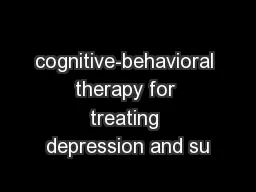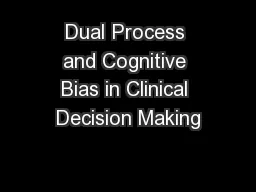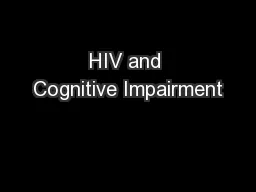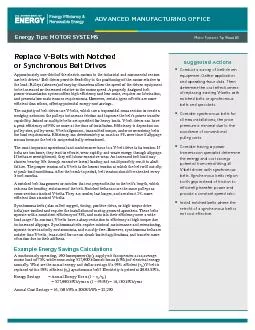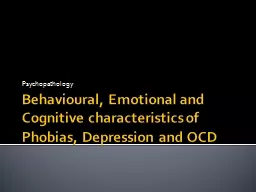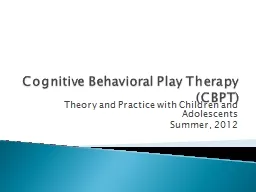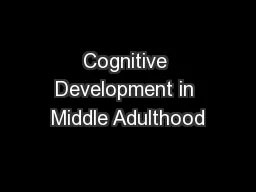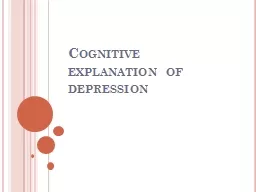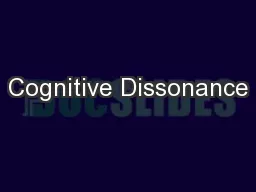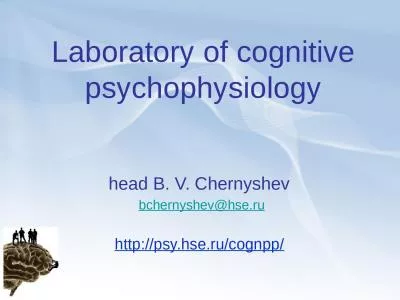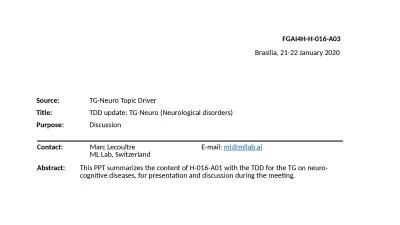PPT-Advanced Topic in Cognitive
Author : myesha-ticknor | Published Date : 2018-11-09
Neuroscience and Embodied Intelligence Week 3 Functional Organization of Brains CE7427 What it will be about Core ideas and cybernetic explanations Information
Presentation Embed Code
Download Presentation
Download Presentation The PPT/PDF document "Advanced Topic in Cognitive" is the property of its rightful owner. Permission is granted to download and print the materials on this website for personal, non-commercial use only, and to display it on your personal computer provided you do not modify the materials and that you retain all copyright notices contained in the materials. By downloading content from our website, you accept the terms of this agreement.
Advanced Topic in Cognitive: Transcript
Download Rules Of Document
"Advanced Topic in Cognitive"The content belongs to its owner. You may download and print it for personal use, without modification, and keep all copyright notices. By downloading, you agree to these terms.
Related Documents


